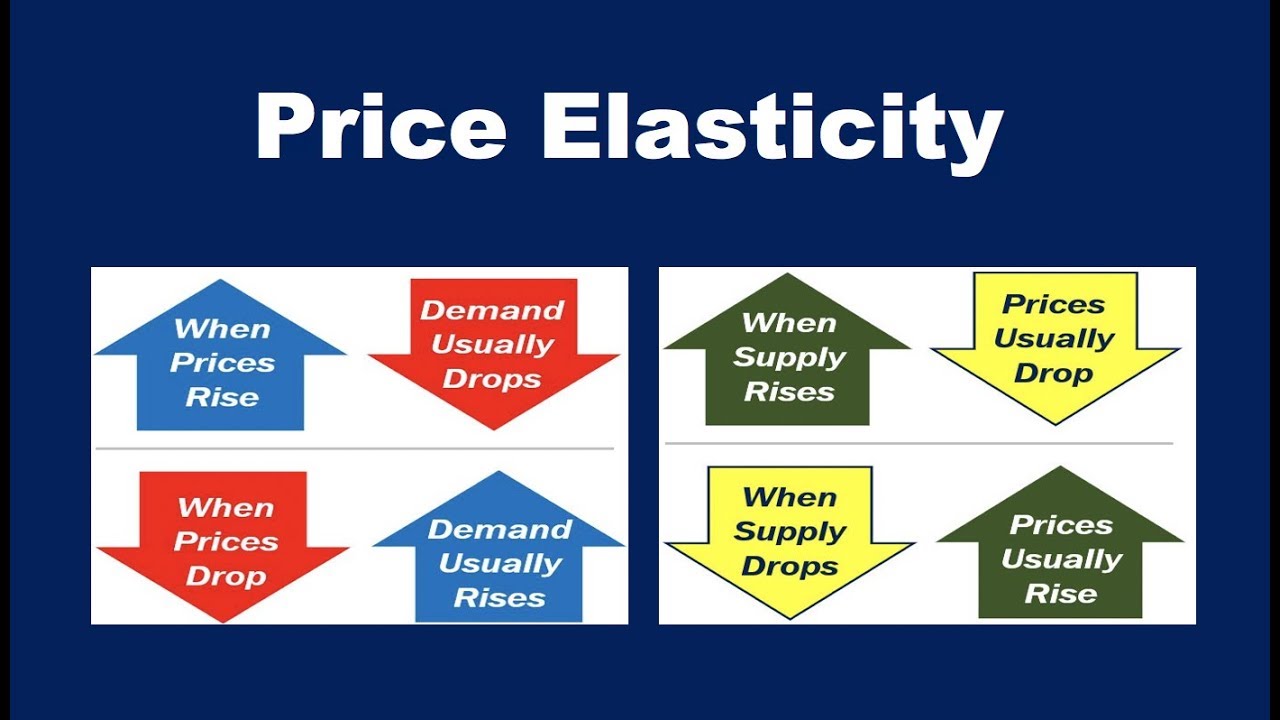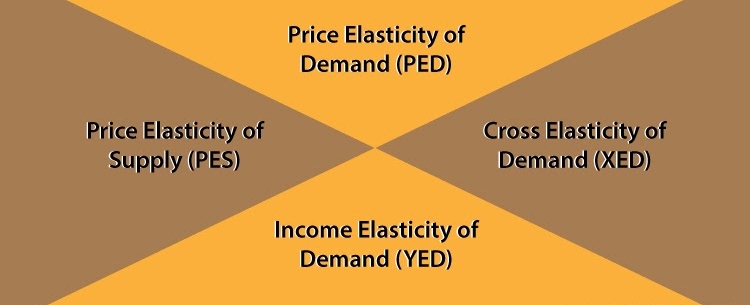Is pricing your goods or service a challenge?In fact, deciding on a pricing is one of the most difficult tasks for a marketer since it has such a major influence on the company's bottom line.When it comes to pricing, understanding what economists call price elasticityis critical to the process.
This article will assist you in better comprehending this concept and how it affects marketing.

What is Price Elasticity?
What Is Elasticity?
There are many different ways to define elasticity, but the most frequent definition is that it is a measure of a variable's response to a change in another variable, such as price.To put it simply, price elasticityrefers to how much people, consumers, or producers change their demand or supply in response to price or income fluctuations.It is mostly used to determine how a product's pricing affects customer demand.
How Elasticity Works
If the elasticity of demand is larger than 1.0, then a change in the price of the item or service will have a bigger impact on demand.Demand is said to be inelastic if the elasticity of demand is less than 1.0.
When a product's price rises or falls, customers' purchasing patterns are said to be inelastic, meaning they don't alter much regardless of the change.
To be perfectly inelastic, an object's demand will remain the same if its elasticity is equal to zero.Real-world instances of commodities that are inelastic to a point are unlikely to exist.Producers and suppliers would be allowed to charge whatever they choose, and customers would still have to purchase them, if there were.The only things that come close to being an inelastic good are air and water, neither of which can be manipulated.
As prices rise or fall, demand for an item or service shifts in response to the change in the total amount of that good or service's demand.
If a product's quantity demand fluctuates more than proportionately as its price changes, it is termed elastic.In contrast, a product is said to be inelastic if its quantity demand varies relatively little in response to variations in its price..
The inelastic nature of insulin, for example, makes it an ideal candidate for this category.Demand for insulin is so high among patients with diabetes that price increases have no influence on the amount of insulin needed.In addition, price decreases have no effect on insulin demand; most people who need insulin are already purchasing it.
Highly elastic items are on the opposite end of the spectrum.Because spa days are not a need, they are very elastic, and a rise in the price of a trip to the spa will have a stronger impact on demand.In contrast, a fall in the price of spa services will lead to an increase in demand that is bigger than the decrease in the price.
4 Types Of Elasticity
Elasticity of Demand and Elasticity of Supply are the two basic forms of elasticity, as discussed in the blog above.Economically, the elasticity of demand refers to how easily one variable's value may shift in response to a change in another.What people are willing to pay and how much moneythey have influence the demand for a certain product or service.Changes in any of these factors affect how much of a product or service people are willing to pay for it.
Price Elasticity Of Demand (PED)
To put it another way, the responsiveness of quantity requested to price change is known as Price Elasticity of Demand, or PED.In order to quantify PED, there are two methods: arc elasticity, which measures across a certain price range, and point elasticity.
Cross Elasticity Of Demand (XED)
Demand for a commodity is sensitive to changes in the prices of other goods, and this is measured by what economists call the "cross elasticity of demand" (XED).Calculated by dividing the percentage change in demand for one product by the percentage change in the other good's price, this is sometimes referred to as "cross-price elasticity of demand."
Income Elasticity Of Demand (YED)
A product or service's demand is affected by changes in the real income of customers, while all other factors remain constant. Income elasticity of demand gauges this responsiveness.The percent change in quantity demanded divided by the percent change in income is the formula for estimating income elasticity of demand.Finding the line between necessities and extravagance is made easier by using this notion.
Price Elasticity Of Supply (PES)
When a product or service's market price changes, its "price elasticity of supply" (PES) changes as well.According to several fundamental economic ideas, when the price of a product decreases, the supply of that product likewise decreases.
When other market variables are changed, demand and supply's responsiveness to those changes is measured by these four types of elasticity.
Conclusion
In order to be successful, a firm must know whether or not its products and services are elastic in nature.Companies with a high degree of price elasticity are forced to compete on volume rather than price in order to stay in business.Inelastic firms, on the other hand, provide essential products and services and can afford to charge more for them.
The flexibility of a product or service has a direct impact on a company's client retentionrates.Businesses frequently aim to offer products or services that have an inelastic demand, which suggests that consumers will stay loyal and continue to buy the product or service even if the price is raised.
